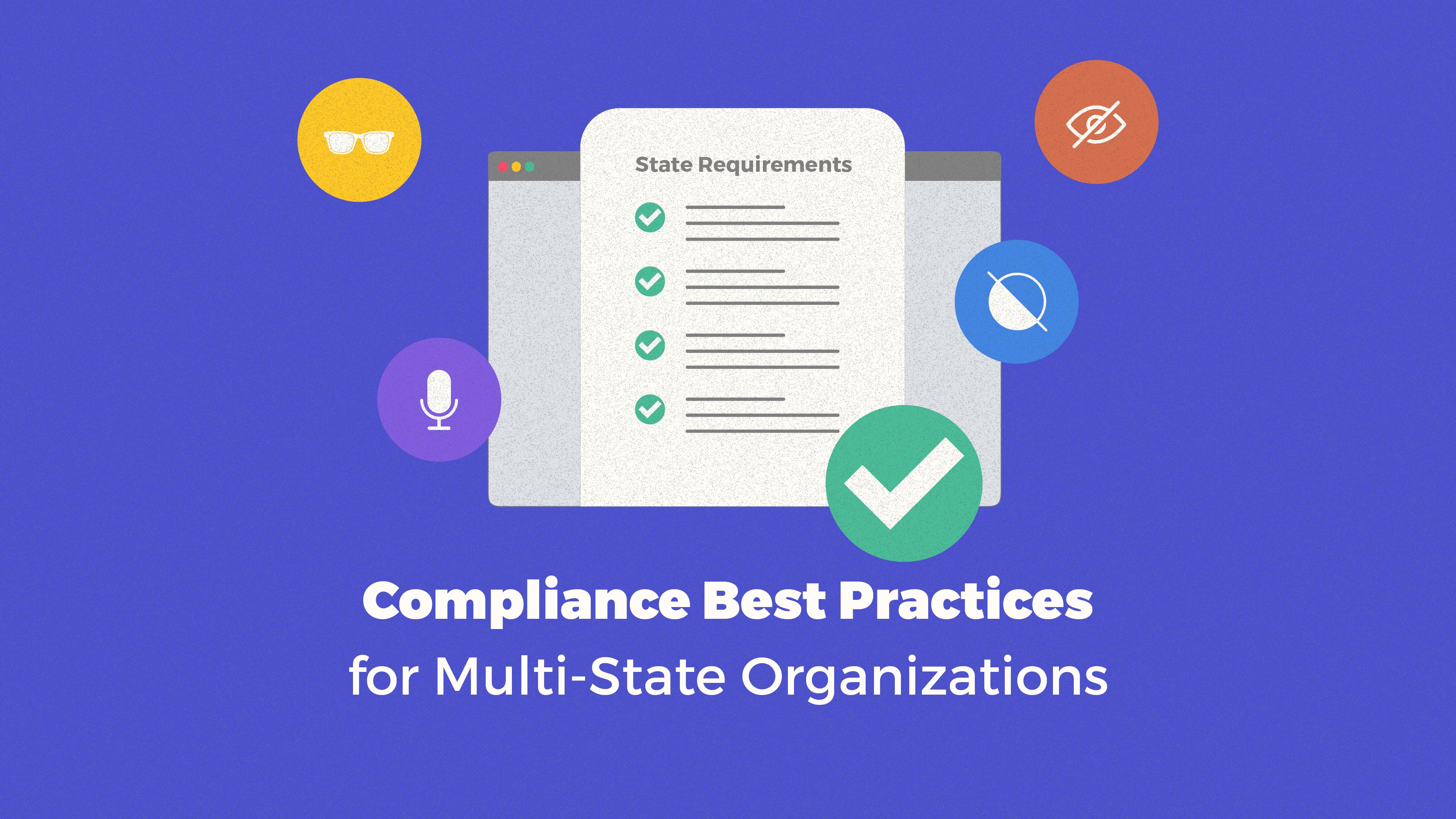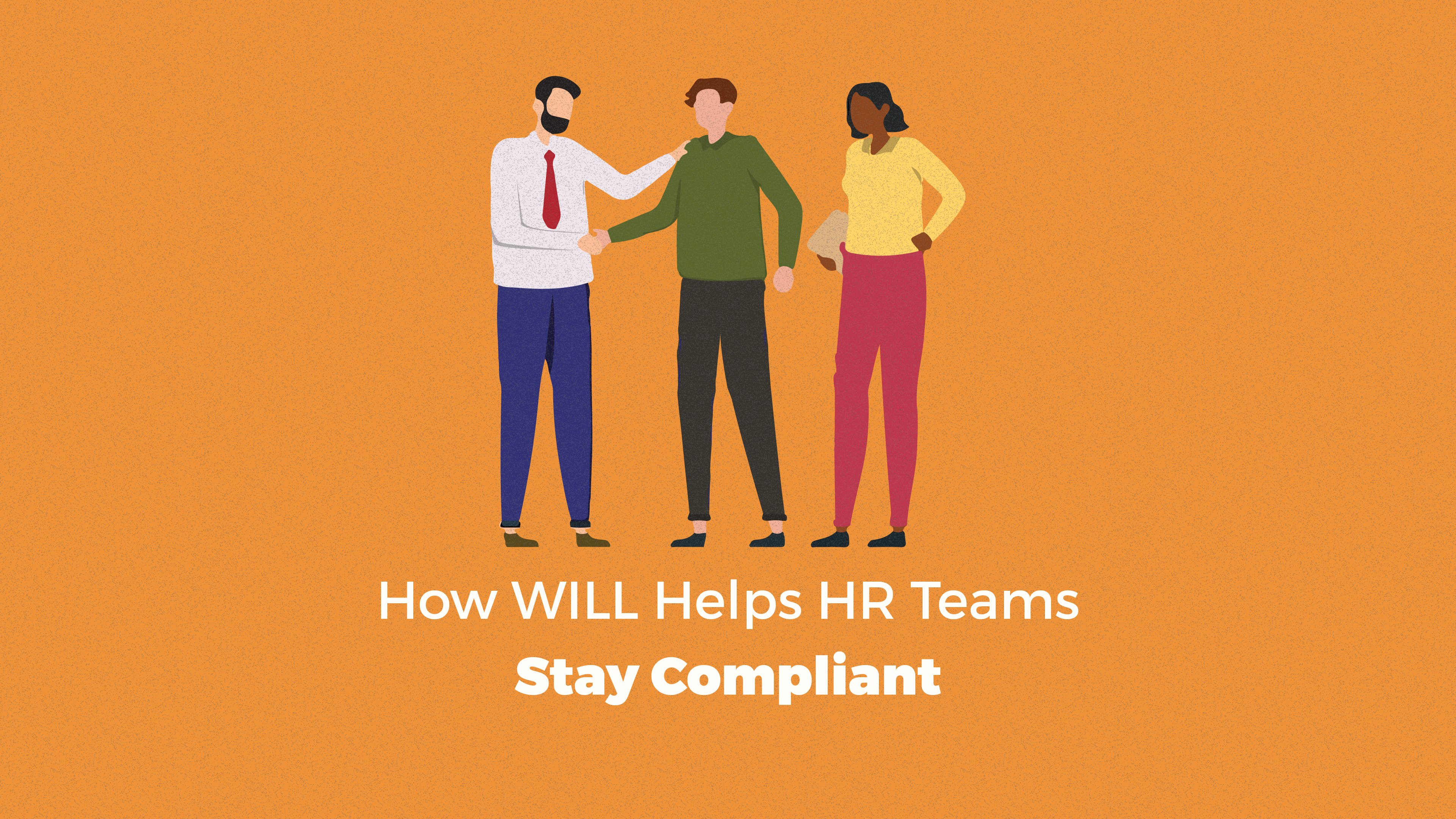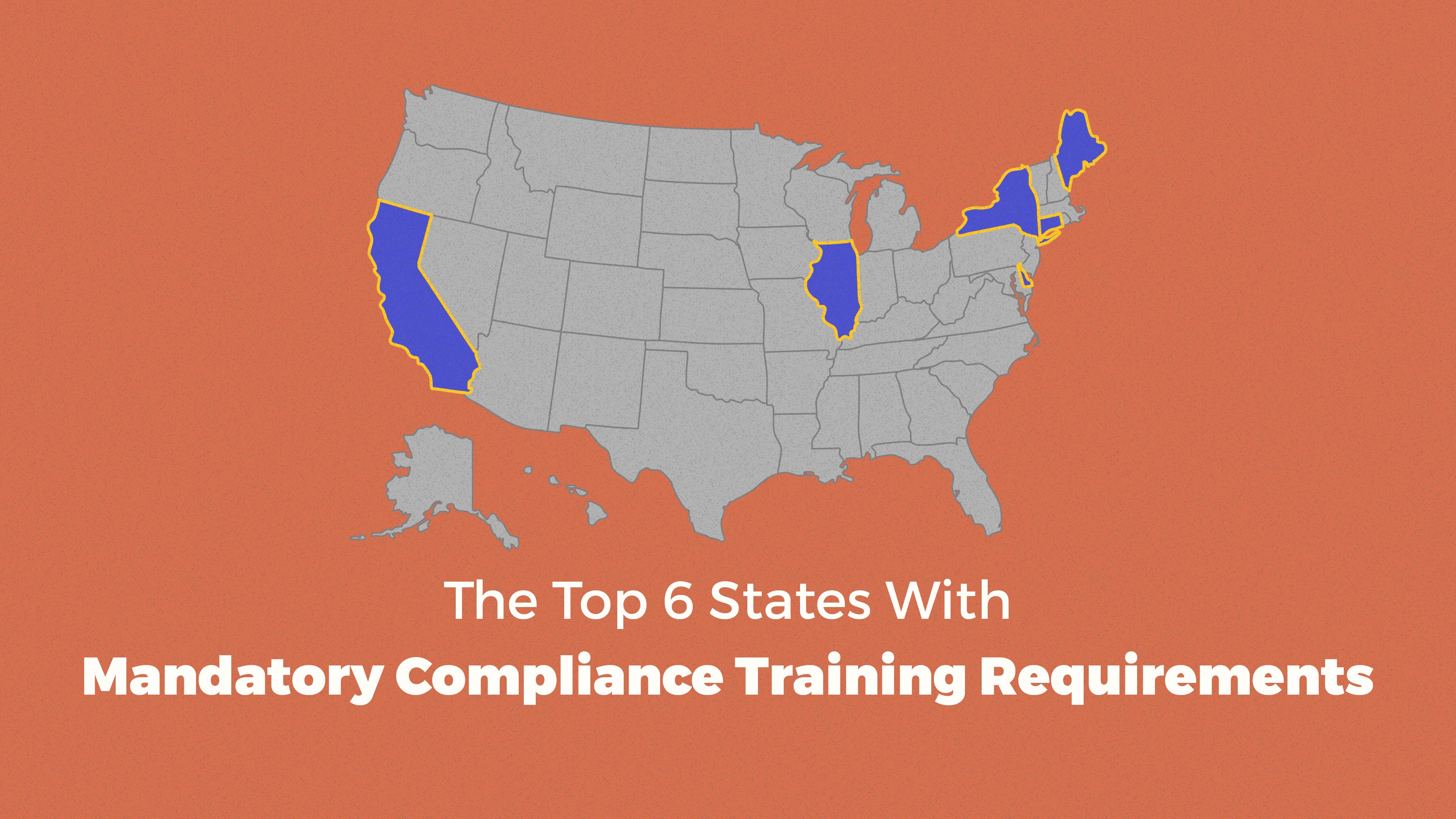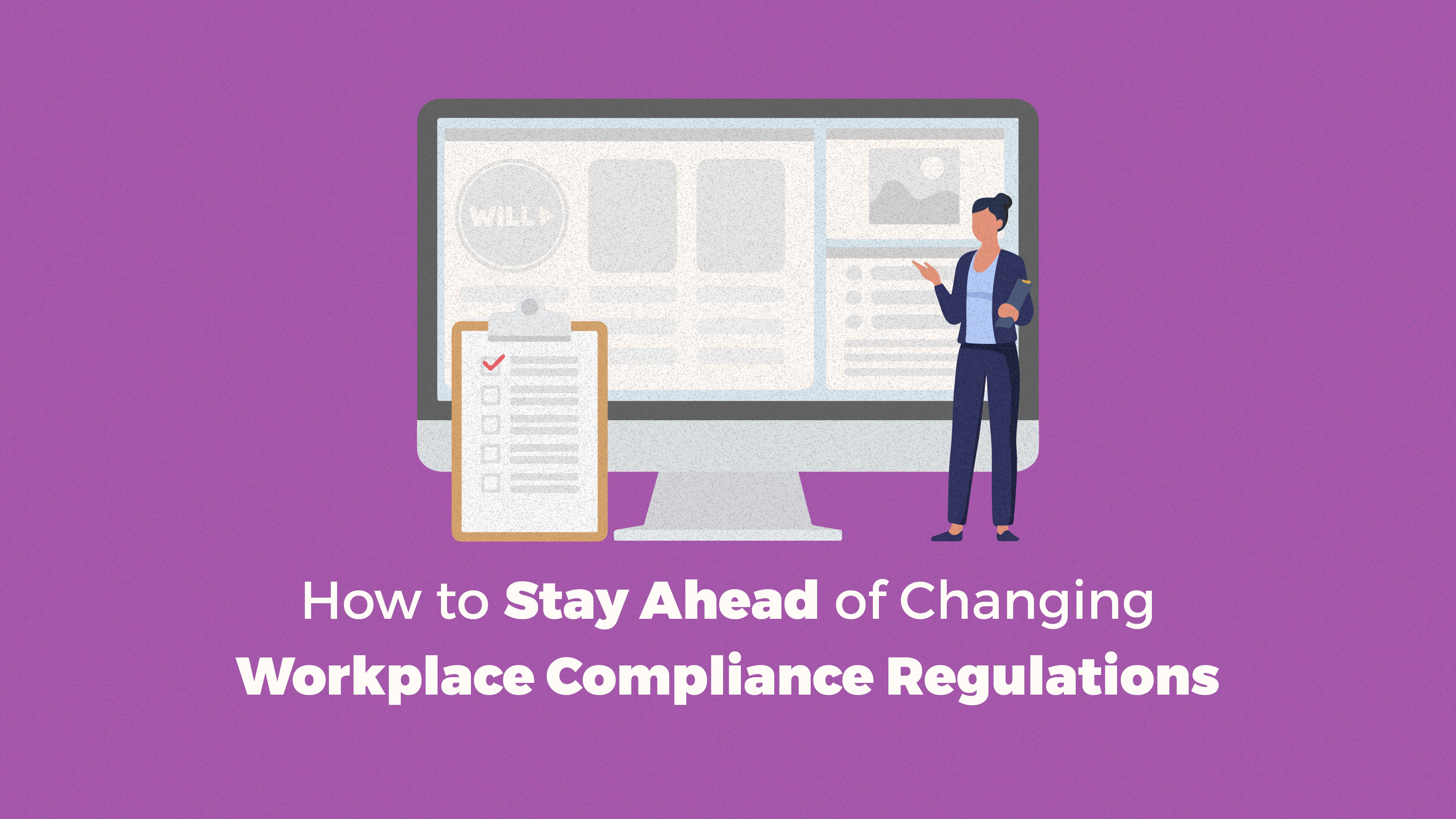If your organization operates in more than one state, your compliance to-do list just got longer — and more complex.
While federal laws like Title VII and OSHA create a baseline, the real intricacies live at the state (and even city) level. And when you’re juggling multiple locations with different mandates, inconsistent training, and outdated systems can put your organization at serious risk.
So, how do you ensure you're not only meeting each state's legal requirements but doing it in a way that actually supports your culture and people?
Let’s break it down.
1. Start with a Centralized Compliance Strategy
A patchwork approach to training may check the boxes in each state—but it creates more risk than it solves.
Instead, create a centralized compliance framework that ensures:
- Consistency in tone and core messaging across all states
- Alignment with company values and DEI goals
- Streamlined tracking and reporting
From there, layer on the state-specific mandates using flexible, modular content. Your core stays consistent, while your legal coverage stays airtight.
2. Know Where Your People Actually Work
This sounds obvious—but in a hybrid world, many organizations aren’t sure which laws apply to which employees.
Best practice: Map employee locations by legal jurisdiction, not just where your office is headquartered. A remote worker living in Illinois could trigger a completely different compliance obligation than someone working on-site in Texas.
WILL’s Compliance Hub can help you quickly reference requirements by state and ensure no one falls through the cracks.
3. Invest in Scalable, State-Adaptable Training
You shouldn’t need a separate LMS for every office. The most effective training platforms allow you to:
- Assign by state or role
- Customize content based on local laws
- Track completions across teams in one place
- Update instantly when mandates change
WILL Interactive’s training library is built for scale and flexibility, with immersive, scenario-based modules that adapt to your compliance landscape — not the other way around.
4. Train Beyond the Minimum
Yes, your legal team wants to mitigate risk. But training isn’t just about liability — it’s about culture, behavior, and impact.
Instead of asking, “What’s the least we can do?” ask:
- “How can we create a safer, more respectful environment everywhere we operate?”
- “Where do our employees need more support — even if it’s not legally mandated?”
- “How can we train for leadership, empathy, and communication in addition to compliance?”
When you prioritize engagement over obligation, the results follow.
5. Document Everything — and Be Audit-Ready
In multi-state organizations, compliance documentation isn’t just helpful — it’s essential.
That includes:
- Completion records for required trainings
- Employee sign-offs on key policies
- Proof of annual refreshers (where mandated)
- Tracking by state, role, and tenure
Platforms like WILL Interactive not only deliver training — they track and store the documentation you’ll need to demonstrate compliance when it matters most.
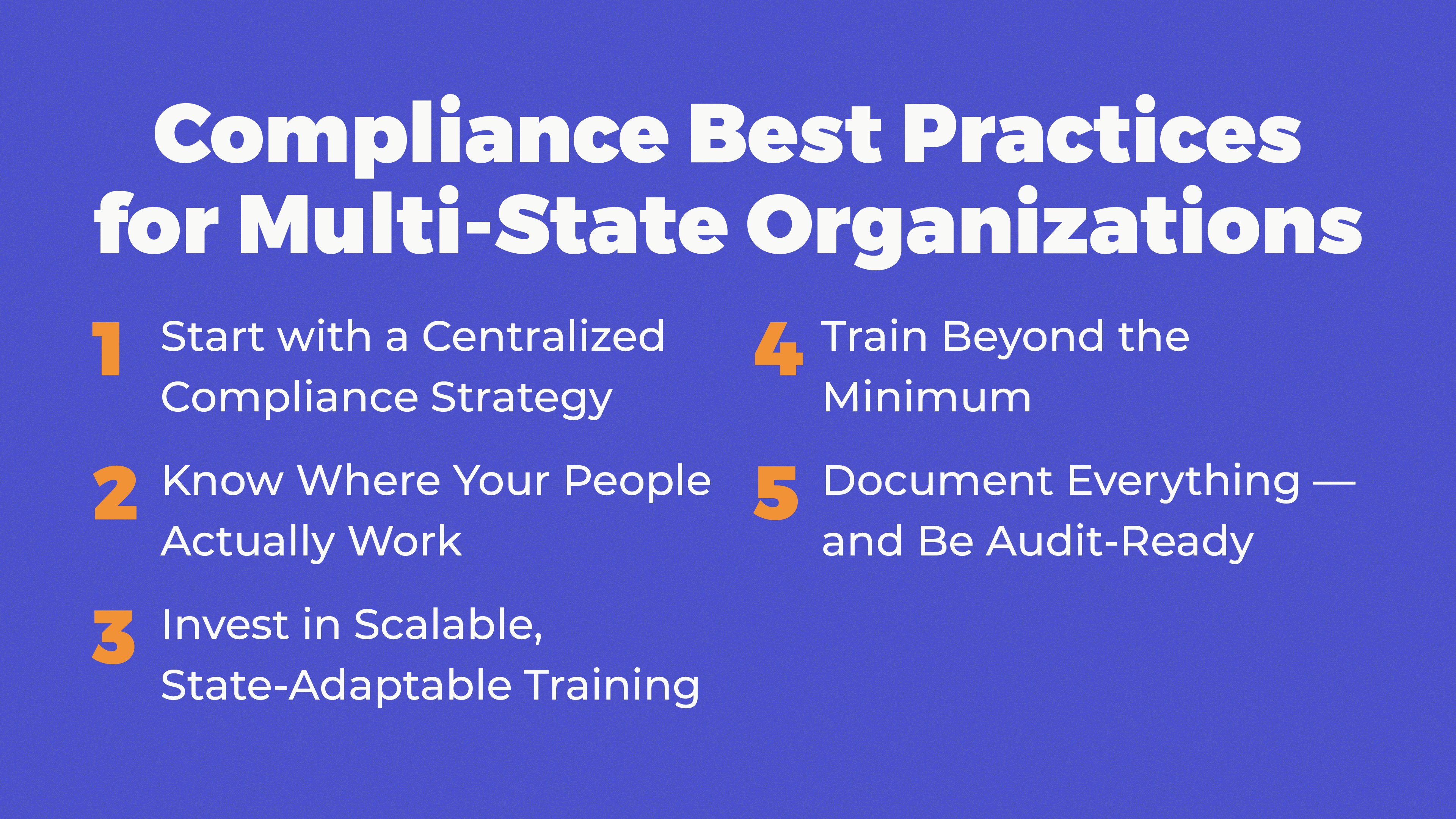
Stay Proactive, Not Reactive
The biggest compliance risks aren’t always the laws you ignore — they’re the ones that change without warning. When you build a compliance strategy that is scalable, flexible, and centered on real human behavior, you’re not just avoiding risk — you’re building resilience.

Want help navigating state-by-state mandates?
Let’s build a training program that supports every employee — wherever they are.
